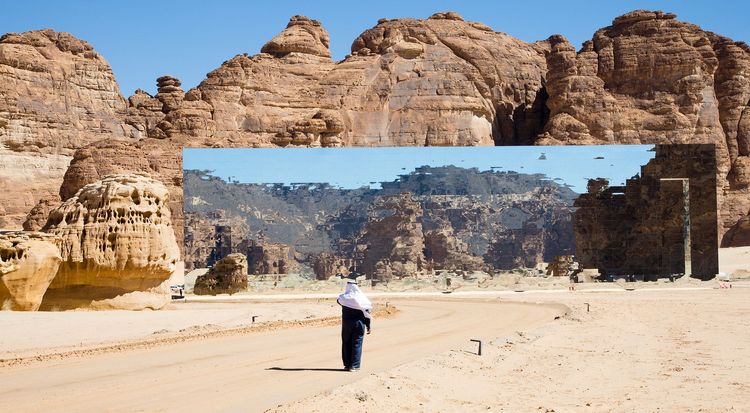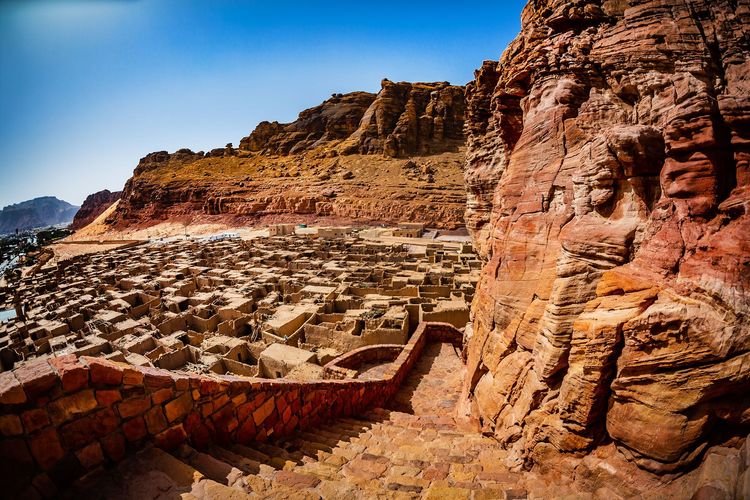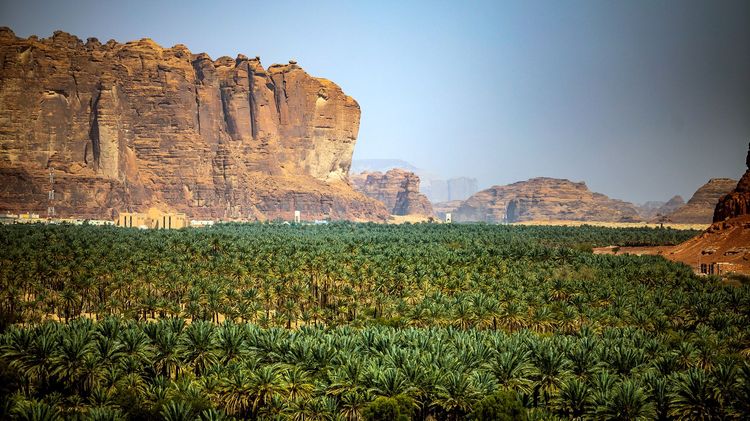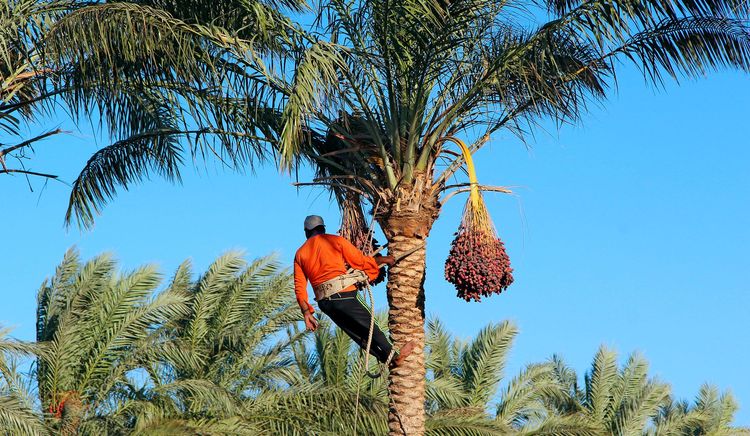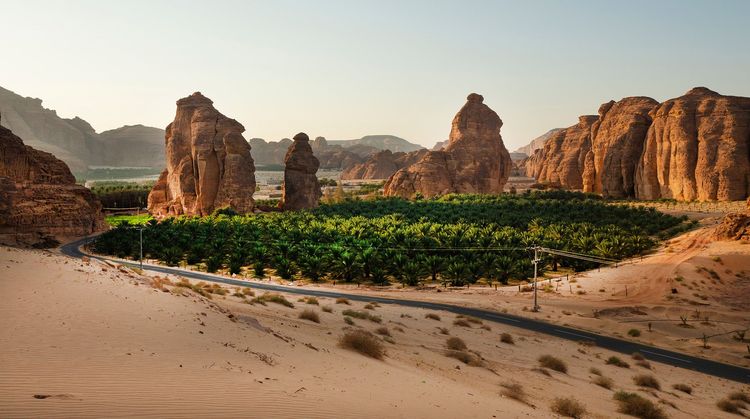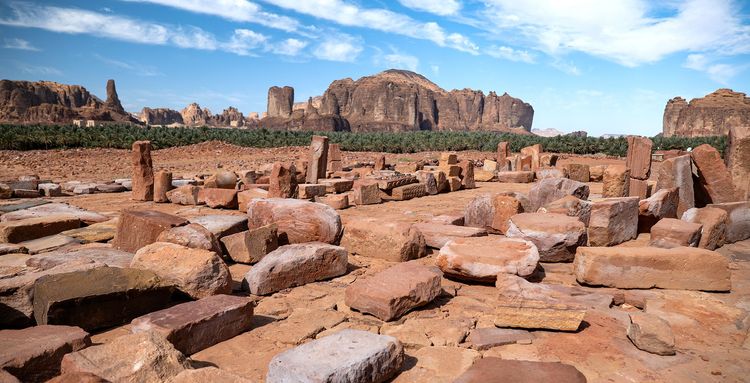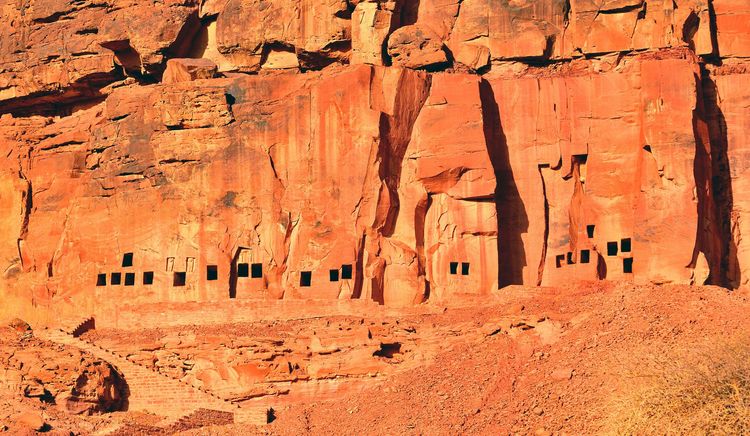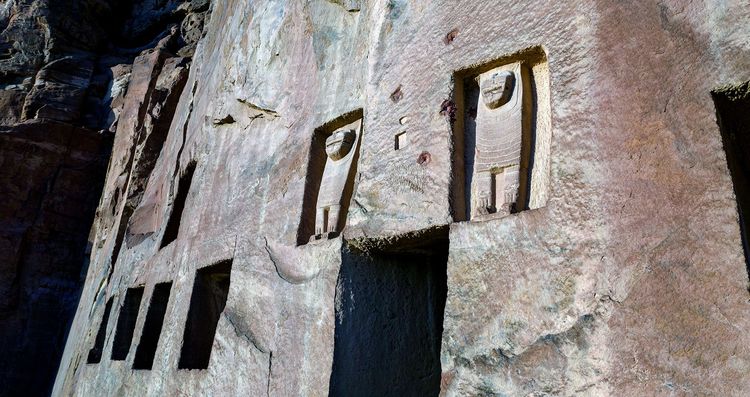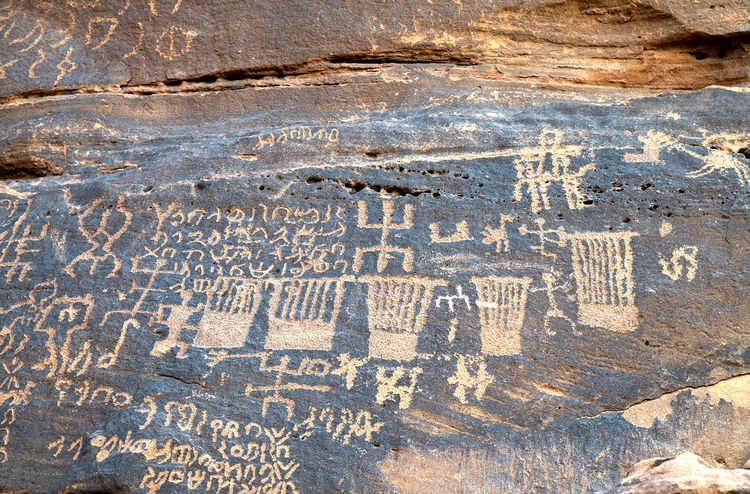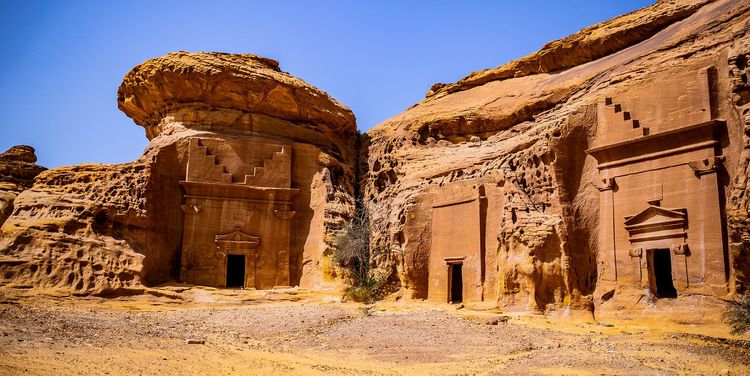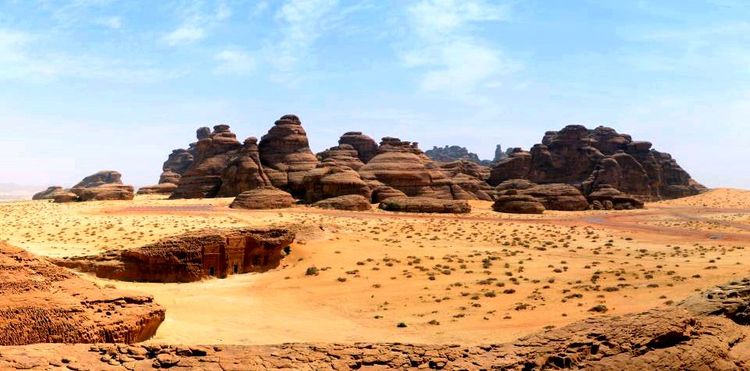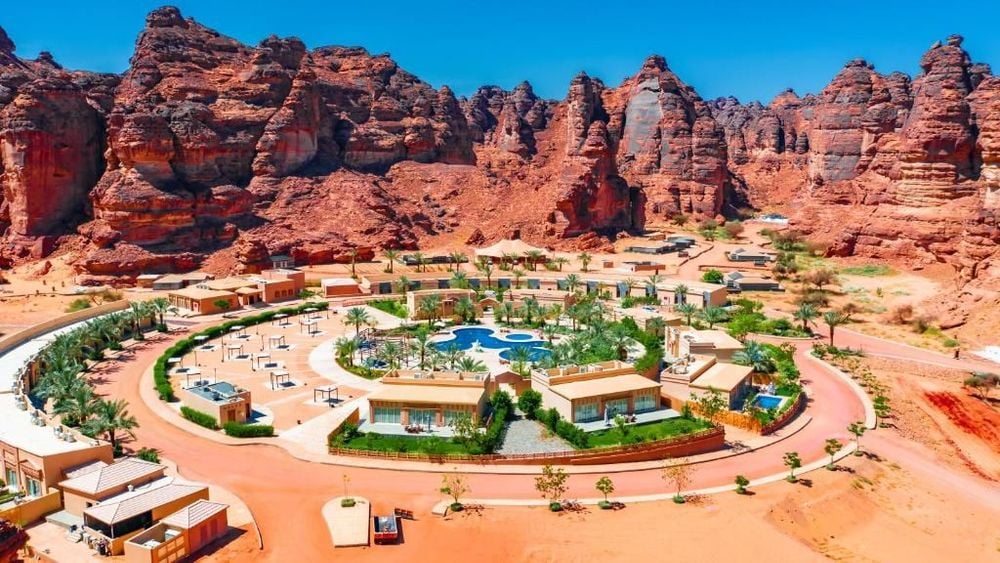First of all, you should know that Al-Ula has its own airport, Prince Abdul Majeed Bin Abdulaziz International Airport, which opened to international traffic in 2021. Here you will find a useful Information Desk if you have any questions.
If you land here, you'll need to take a taxi the 25 kilometres to your hotel in Al-Ula. Hotel accommodation is fairly scattered around the oasis, and we suggest that you choose your establishment not only for its facilities, but also according to your programme and your priorities as a traveller.


